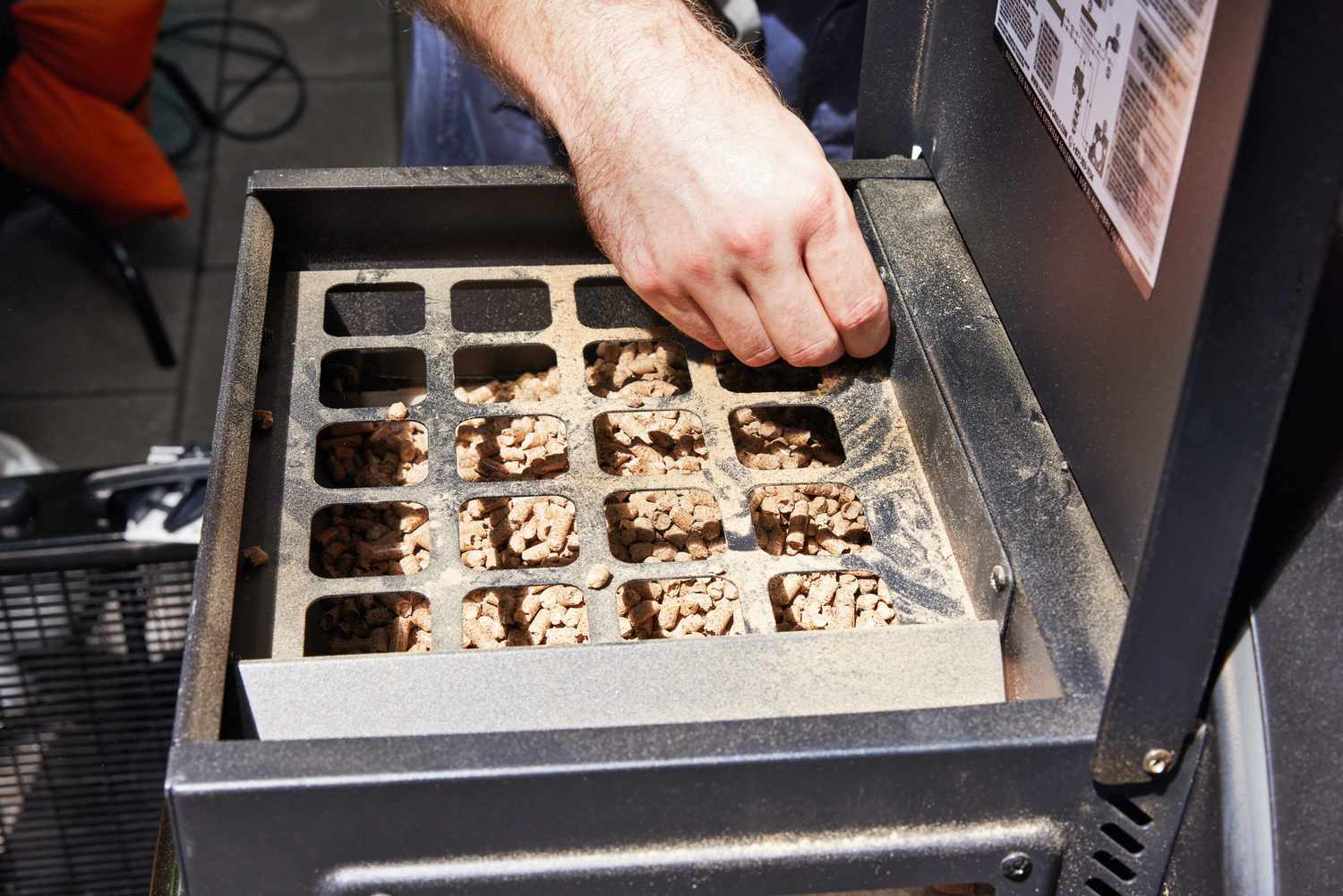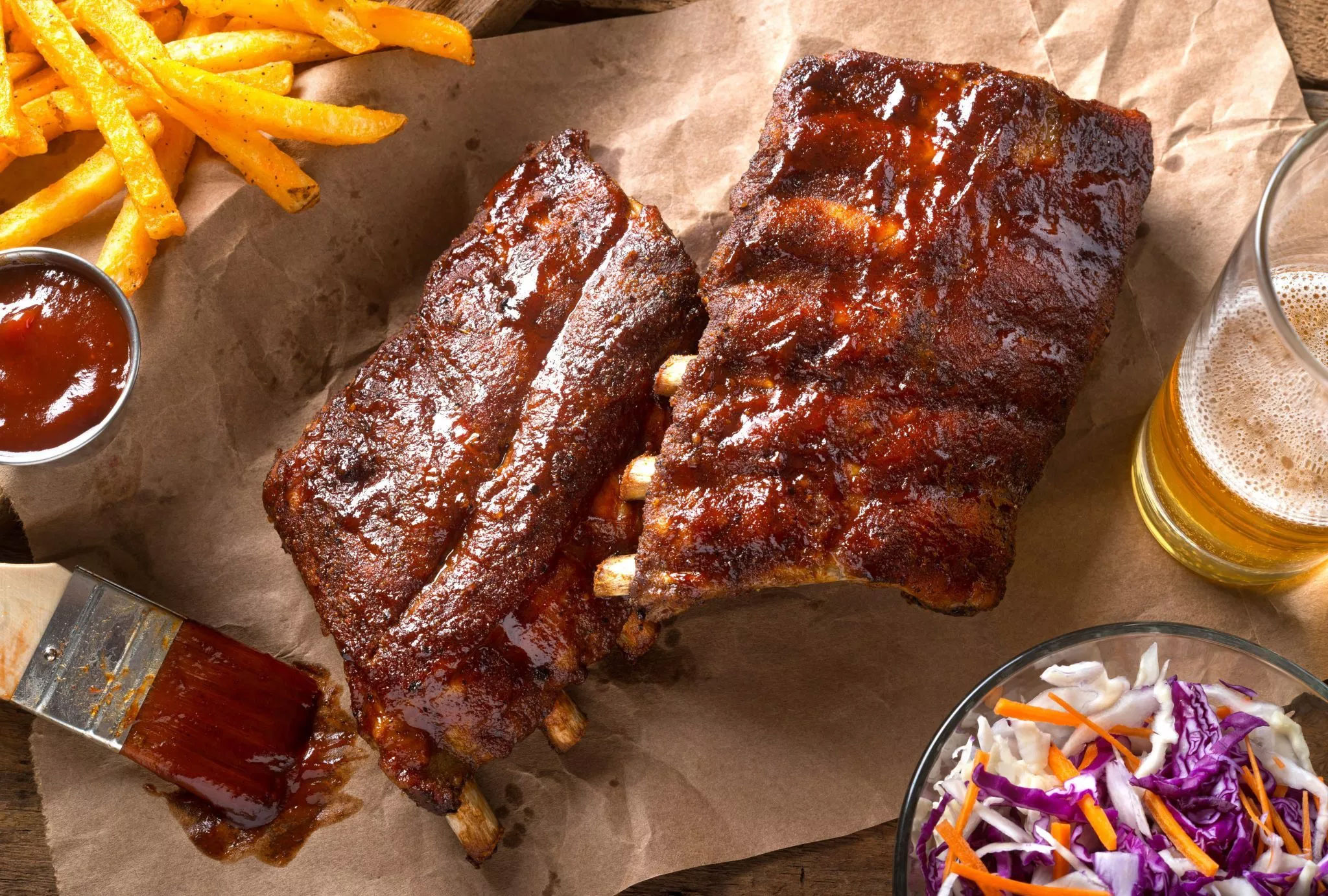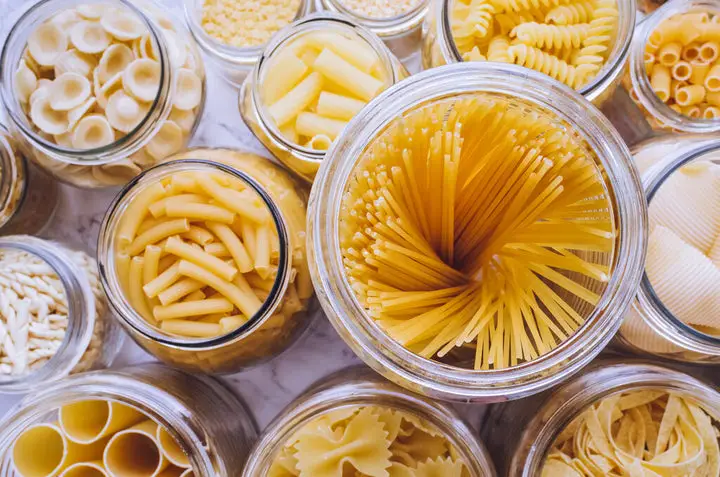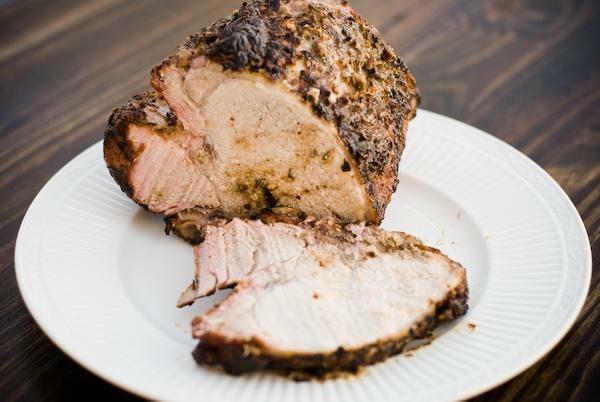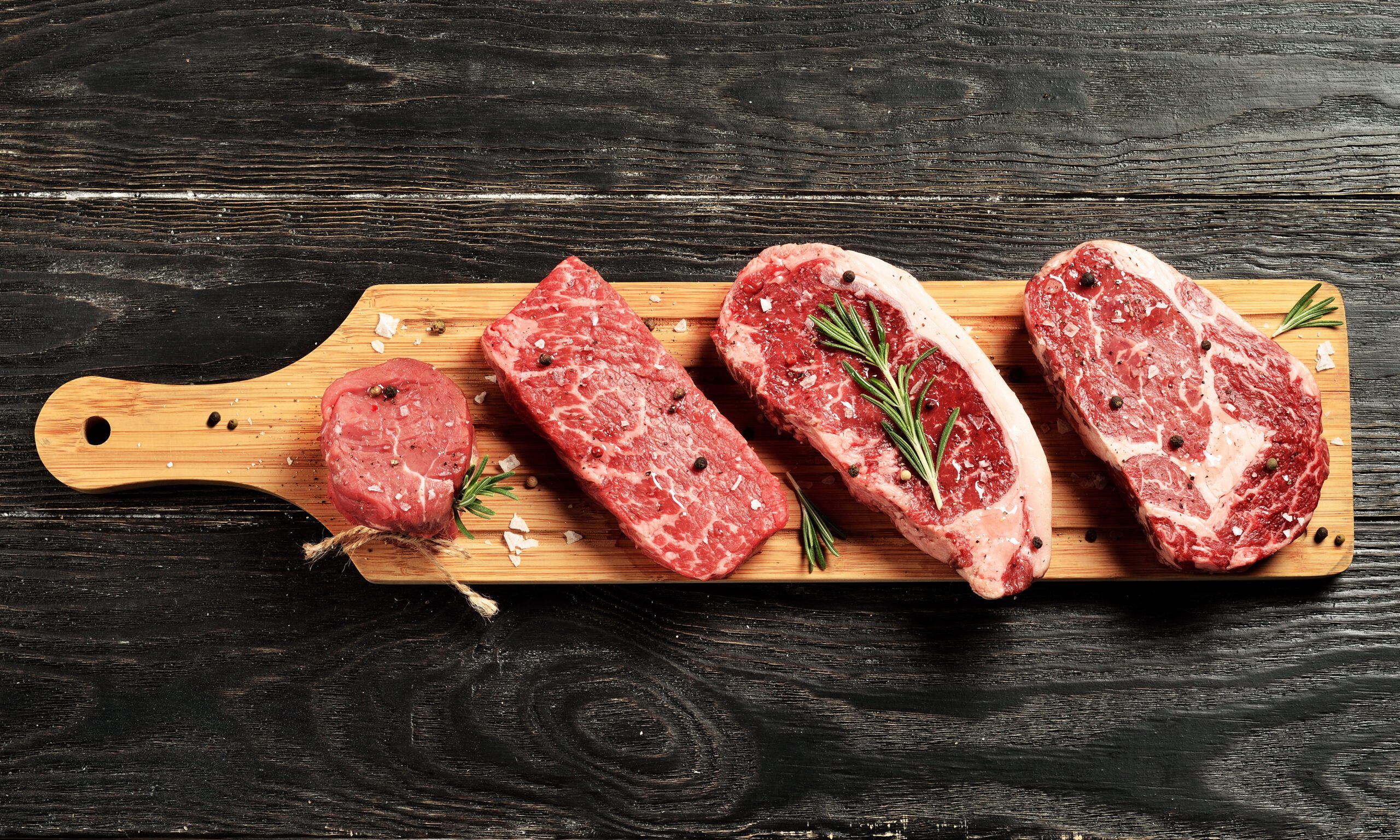
“Is your steak still safe to eat? Discover foolproof tips to determine if your steak has gone bad. Learn the telltale signs, such as off-putting odors, unusual colors, and slimy textures. Don’t compromise your health – follow our expert guidelines for ensuring a delicious and healthy steak every time!”
How To Tell If Steak Is Bad
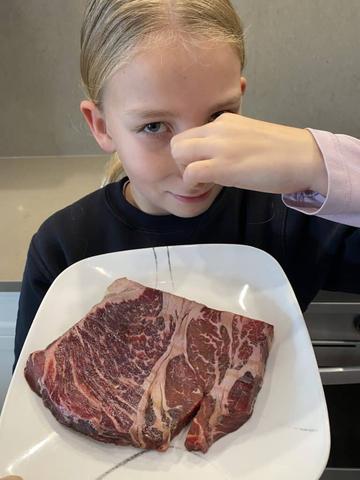
When determining if your steak is bad, there are a few signs to look for. First, check the sell-by date on the packaging. While this date is not a safety issue according to the USDA, it can give you an idea of the shelf life of your steak. Next, examine the appearance of the steak. Some browning or graying is normal due to oxygen exposure and does not necessarily indicate spoilage. However, if the surface appears slimy, it could be a sign of bacterial growth and spoiled meat.
In terms of smell, a sour or unpleasant odor is a clear indication that your steak has gone bad. Good steak should have a natural moisture without being slimy or dry to the touch. While a dry steak may not be spoiled, it will likely result in an undesirable texture and flavor when cooked.
To prevent spoiled steak, it’s important to cook it within a few days of purchase or properly freeze it for long-term storage. Freezing steaks in an air-tight option like a vacuum-sealed bag or tightly wrapped in aluminum foil can help prevent freezer burn. It’s crucial not to cook spoiled steak as high heat cannot reverse spoilage and can lead to food poisoning if consumed.
Check The Dates
When you pull your steak out of the fridge, the first thing to do is check the dates printed on the packaging. The sell-by date determines when the grocery store has to sell the package, but it’s not necessarily a safety issue. According to the U.S. Department of Agriculture, you can still safely consume the steak for a couple of days after the sell-by date, especially if it’s vacuum-sealed. However, it’s important to get it into the freezer or cook it as soon as possible.
The color of your steak isn’t always a reliable indicator of spoilage. While a vibrant red color is usually preferred, some browning or graying doesn’t necessarily mean the steak is bad. These color changes occur due to oxygen exposure and are normal. Instead, look for signs of slime on the surface of the steak, which can indicate bacterial growth and spoilage.
If you open a package of steak and detect sour notes, spoiled eggs, or ammonia-like odors, it’s a clear sign that your steak has gone bad. Trust your sense of smell and discard any steak with such unpleasant smells.
A slimy texture on your steak is a sign of bacterial growth and spoilage. Discard any slimy steaks as they are unsafe to consume. On the other hand, a dry steak doesn’t necessarily mean it’s spoiled but may not have the desired texture or flavor when cooked.
To prevent spoiled steak, make sure to cook it within a few days of purchase or freeze it for long-term storage. Properly freezing steaks in air-tight packaging, such as vacuum-sealed bags, can prevent freezer burn and extend their shelf life. If you don’t have a vacuum sealer, tightly wrap the steak with aluminum foil or plastic wrap to minimize air exposure.
Cooking spoiled steak will not reverse the spoilage and can lead to food poisoning. Even high heat cannot undo the damage caused by bacteria on a spoiled steak. It’s always better to discard any questionable steaks to avoid the risk of foodborne illness.
Remember, these guidelines are provided as general information and it’s important to use your best judgment when determining if a steak is bad.

What Does The Steak Look Like?
When determining if a steak is bad, it’s important to consider its appearance. While a bit of browning or graying on the surface of the steak doesn’t necessarily mean it’s spoiled, it’s still worth investigating further. The vibrant red color of fresh steak can naturally change due to exposure to oxygen, so slight color changes alone aren’t a definitive sign of spoilage. However, if you notice that the surface of the steak is slimy or has an unusual texture, this can be a visual indicator that bacteria have started to grow and the steak is spoiled.
The smell of a steak can also provide clues about its freshness. If you open the package and detect sour notes, spoiled eggs, or ammonia-like odors, these are indications that the steak has gone bad. Trust your nose and if the smell seems off or unpleasant, it’s best to discard the steak rather than risk food poisoning.
The texture and feel of a steak can also help determine if it’s spoiled. A good steak should be moist without being slimy. If you notice that the steak feels slimy or excessively dry, these are signs that something is wrong. Sliminess indicates bacterial growth and spoilage, while extreme dryness may not necessarily mean spoilage but will likely result in undesirable texture and flavor when cooked.
Checking the sell-by date on your steak packaging is another important step in assessing its freshness. The sell-by date indicates when the grocery store must sell the package but doesn’t necessarily mean that the steak is unsafe to consume after that date. According to the U.S. Department of Agriculture (USDA), the sell-by date is not a safety issue. However, it’s still essential to pay attention to how the steak looks, smells, and feels once the sell-by date has passed.
To prevent spoiled steak, it’s best to cook it within a few days of purchase. Most steaks can be safely stored in the refrigerator for three to five days without any issues. If you’re purchasing steak close to its sell-by or expiration date, make sure to use or freeze it promptly. Properly freezing steak can also prolong its shelf life and prevent problems like freezer burn. Ensure that the steak is tightly wrapped in an air-tight option such as vacuum-sealed bags or aluminum foil with no air gaps before storing it in the freezer.
Cooking spoiled steak will not reverse the spoilage and can lead to food poisoning if consumed. While high heat kills bacteria, the damage done to the steak cannot be undone through cooking. Consuming spoiled cooked steak can result in unpleasant symptoms such as stomach cramps, nausea, diarrhea, vomiting, and fever.
The Smell Of Spoilage
One of the most reliable ways to tell if your steak is bad is by using your sense of smell. If you open the package and detect a sour or unpleasant odor, it is a clear indication that the steak has spoiled. You might also notice a smell similar to spoiled eggs or ammonia, which are signs of bacterial growth on the meat. Trust your nose and if it doesn’t smell right, it’s best to discard the steak.
While the color of your steak can change over time due to oxygen exposure, it doesn’t necessarily mean that the steak is bad. A bit of browning or graying is normal and doesn’t indicate spoilage. However, if you notice that the surface of the steak appears slimy, it’s a visual sign that bacteria have started growing on it, indicating spoilage.
When you handle good steak, it should have moisture without being slimy. If you touch a slimy steak, it’s a clear sign that bacteria have multiplied and made the meat unsafe for consumption. On the other hand, a dry steak (not dry-aged) doesn’t necessarily mean it’s spoiled but will likely result in an undesirable texture and flavor when cooked.
To prevent spoiled steak, make sure to cook it within a couple of days of purchase. Keeping it in the fridge for three to five days is generally safe but be mindful of any sell-by or expiration dates printed on the packaging. Properly freezing your steak can also extend its shelf life. Use air-tight options like vacuum-sealed bags or tightly wrapped aluminum foil to prevent freezer burn.
If you have a spoiled steak, cooking it will not reverse the spoilage. The damage has already been done to the meat, and no amount of cooking can make it safe to eat. Consuming spoiled cooked steak can lead to food poisoning, which manifests in symptoms like stomach cramps, nausea, diarrhea, vomiting, and fever. It’s best to avoid cooking and consuming bad steak altogether.
Reach Out And Touch The Steak
When determining if a steak is bad, it’s important to use your sense of touch. A slimy texture on the surface of the steak is a clear sign of bacterial growth and spoilage. If your steak feels slimy, it’s best to discard it to avoid any potential foodborne illnesses. On the other hand, a dry steak doesn’t necessarily mean it’s spoiled, but it may result in an undesirable texture and flavor when cooked.
While the appearance of a steak can provide some clues about its freshness, it’s not always definitive. Brown or gray discoloration on the surface of the meat is often due to oxidation and doesn’t necessarily mean the steak has gone bad. However, if you notice a slimy coating or any signs of mold on the surface of the steak, it’s best to err on the side of caution and discard it.
Your sense of smell can be a powerful tool in determining if a steak is bad. If you detect sour notes, spoiled eggs, or an ammonia-like odor when you open the package of steak, these are clear indications that the meat has gone bad. Trust your nose and discard any steak with unpleasant odors to avoid potential foodborne illnesses.
While sell-by dates printed on steak packaging are not safety issues according to the U.S. Department of Agriculture, they can still provide useful information about the shelf life of your steak. It’s important to check these dates and use them as guidelines for consuming or cooking your steak within a reasonable timeframe after purchase.
To prevent spoilage and extend the shelf life of your steak, it’s crucial to store it properly. If you plan on consuming the steak within a few days, refrigeration is sufficient. However, if you want to store it for longer periods, freezing is the best option. Ensure that your steak is tightly wrapped or vacuum-sealed to prevent freezer burn and maintain its quality.
If you suspect that your steak is spoiled, cooking it won’t reverse the spoilage or make it safe to consume. Even high heat cannot eliminate bacterial contamination or reverse any damage that has already occurred to the meat. It’s always better to discard a potentially spoiled steak to avoid foodborne illnesses and unpleasant symptoms.
Is Dry-Aged Steak Actually Bad?
A gray or dried steak is not necessarily an indicator of spoilage, but definitely pay attention for any other indicators. Dry-aged steak, on the other hand, is a different story. Dry aging requires a specific environment with precise temperature and humidity levels. Simply leaving a steak in the fridge for three weeks will not result in dry-aged steak. Properly dry-aged meat goes through controlled protein breakdown and does not harbor harmful bacteria like spoiled meat. The exterior may have mold, but when you cut into it and remove the rot, you are left with tender meat.
How Can I Keep My Steak From Spoiling?
To prevent your steak from spoiling, there are a few steps you can take. First, make sure to check the sell-by date on the packaging and use it as a guide. While the sell-by date is not a safety issue according to the USDA, it’s still a good idea to consume the steak within a couple of days after that date. If your steak is vacuum-sealed, it can last for a few more days.
Proper storage is also crucial in preventing spoilage. If you’re not planning to cook your steak immediately after purchase, refrigerate it within three to five days. To extend its shelf life even further, consider freezing it. Properly freeze the steak by using an air-tight option such as vacuum-sealed bags or tightly wrapped aluminum foil to prevent freezer burn.
Quick Refresher: What Is Freezer Burn?
Freezer burn occurs when frozen food, including steak, is damaged by the rapid evaporation of moisture. This can result in discoloration, texture problems, and the formation of ice crystals in the package. While freezer burn doesn’t technically spoil the food like bacteria would, it can affect the texture and taste of the steak.
There are two main ways to prevent spoiled steak. The first is by cooking it within a few days of purchase. Most steaks can be kept in the fridge for three to five days without any issues. However, if you purchase the steak close to or on its sell-by or expiration date, it’s best to use or freeze it quickly.
The second way to prolong the life of your steak is by properly freezing it for long-term storage. This involves packaging it tightly to prevent air exposure and using air-tight options like vacuum-sealed bags or aluminum foil. By taking these precautions, you can avoid problems like freezer burn and extend the shelf life of your steak.
If you cook and consume spoiled steak, there is a high risk of food poisoning. While high heat can kill bacteria, it cannot reverse the spoilage that has already occurred. Symptoms of food poisoning include stomach cramps or pain, nausea, diarrhea, vomiting, and fever. To avoid these unpleasant experiences, it’s important to identify and discard any spoiled steak before cooking.
Overall, paying attention to signs such as discoloration, slime on the surface, a sour smell, or a slimy or dry texture can help determine if your steak is bad. When in doubt, it’s always better to err on the side of caution and discard questionable meat rather than risking foodborne illness.
What Happens If You Cook Bad Steak?
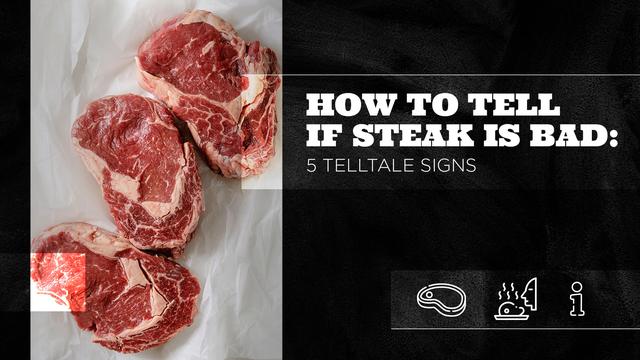
If you cook a spoiled steak, no amount of high heat will reverse the spoilage. The damage has already been done to the steak, and consuming it can lead to food poisoning. While it is possible that someone might not experience any symptoms or only have an upset stomach, in likelihood, everyone who eats spoiled cooked steak could be dealing with food poisoning.
The symptoms of food poisoning can include stomach cramps or pain, nausea, diarrhea, vomiting, and even fever. These symptoms can be extremely unpleasant and can ruin a few days. It’s always better to err on the side of caution when it comes to food safety. If you’re unsure if your steak is spoiled, it’s best to throw it away and get fresh steak instead.
Final Thoughts
When it comes to determining if your steak is bad, it’s important to use your senses and pay attention to any signs of spoilage. While a bit of browning or graying on the surface of the steak is normal and doesn’t necessarily mean it’s spoiled, a slimy texture or a sour smell are clear indicators that the steak has gone bad. It’s always better to err on the side of caution when it comes to food safety, so if you’re unsure about the quality of your steak, it’s best to throw it away and get a fresh one.
Proper storage and handling can also help prevent spoilage. Make sure to check the sell-by date on the packaging and cook or freeze the steak within a few days of purchase. Freezing the steak in an air-tight container or vacuum-sealed bag can help extend its shelf life and prevent freezer burn.
Remember, cooking a spoiled steak will not reverse the spoilage and can lead to food poisoning. It’s important to be aware of the symptoms of food poisoning, such as stomach cramps, nausea, diarrhea, vomiting, and fever. If you experience any of these symptoms after consuming spoiled meat, seek medical attention.
In conclusion, there are a few key indicators to determine if steak has gone bad. These include changes in color, texture, and smell. It is important to trust your senses and prioritize food safety when handling and consuming meat products. If you notice any suspicious signs, it is best to err on the side of caution and discard the steak to avoid potential health risks.
Learn More About Grilling
If you want to learn more about grilling, check out these other helpful resources!


